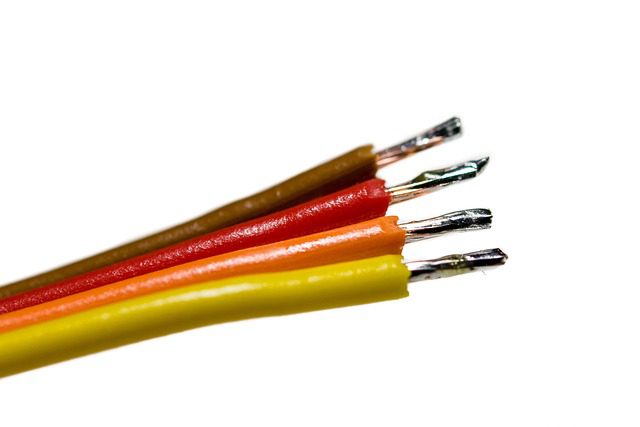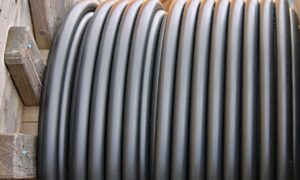Thinking about wiring an electrical plug can be intimidating at first; after all, there are several terrifying stories of electrical mishaps out there to put fear in most folks. However, having a basic understanding of electrical concepts is a good start. Whether you are looking to install a new plug or replace a damaged one, this guide will help you navigate the process.
What’s a 3-prong plug?
A 3-prong plug, pin, or prong is an electrical connector featuring three prongs or pins with which it goes into a wall outlet or extension slot. Usually, two of the pins are flat, and one is round. The flat pins are live and neutral, respectively, while the round pin is for grounding in case of a short circuit.
Three-pin plugs are standard in North America and other parts of the world since they are designed to meet electrical safety standards. They are primarily used in appliances that require a grounded connection. The pins fit into the corresponding slot, resulting in a safe and secure connection to the power grid.
Replacing a 3-prong electrical plug
Of course, electrical plugs can get damaged too. It could be due to rough handling, overheating, wear and tear, exposure to moisture, etc. In any case, you must repair or swap it out for a new one to prevent electrical hazards, including short circuits, fires, etc.
Tools for wiring an electrical plug
- Electrical plug; in this case, a 3-prong plug.
- Wire stripper/cutter
- Screwdriver
- Voltage tester
- Outlet tester
Get the correct plug
Start by checking your circuit’s amperage and getting the correct cord plug. Never install a plug with a higher voltage rating than your outlet. Also, the plug’s amperage should be less than or equal to the device you intend to power up. While at it, you can choose a type A, B, C, or D plug, depending on your outlet. But ensure it’s durable, has built-in safety features, and meets compliance and safety standards.
Take Safety Precautions
Take safety precautions to prevent disasters when wiring an electrical plug, including a 3-prong one. Go to the power box and turn off the appropriate breaker. Make sure to double- and triple-check that there is no power at all in the socket. Of course, wear rubber gloves and safety glasses too when working with electricity. Take great care to keep the plug and wires dry.
Strip the wires
Next, remove about 3/4 inch of insulation from the ends of the wire you want to attach the plug. Use a wire stripper or cutter. Don’t remove too much, lest you end up with exposed live wires.
Connect the wires
This part is easy. You just need to know which wire is live, which is neutral, and which is earth. Typically, the wires are color-coded as red for live, white for neutral, and green or yellow for earth. However, some designs use black for live, white for neutral, and green or yellow for earth. Others use red for live, black for neutral, and green or yellow for earth.
But plug prongs make things easy because the screw for the live wire is brass-colored, the one for the neutral wire is silver-colored, and the green or yellow wire screw is green. Simply attach the wires to their respective screws. Cover the wires with insulating electrical tape.
Test the plug and tighten everything.
Check to see if your wiring is correct. Simply insert the prongs of a voltage tester into the slots of the plug. If the tester indicates no voltage, you’ve done the job correctly; otherwise, detach the wires and start again. Once you’ve established that the wiring is correct, screw everything in place.
Wrap-up
Wiring an electrical plug isn’t hard at all, provided you have basic knowledge of electrical concepts and follow safety precautions. However, if you don’t know your country’s electrical compliance and safety standards, hire an electrician. They’ll get you the correct plug and wire it correctly, ensuring a safer electrical system.
For help selecting the correct type of plugs, get in touch with our team. We offer sockets and replacement plugs for consumer and industrial electronics, including RVs and generators. We’ll help you find the correct plug for your appliances.



































